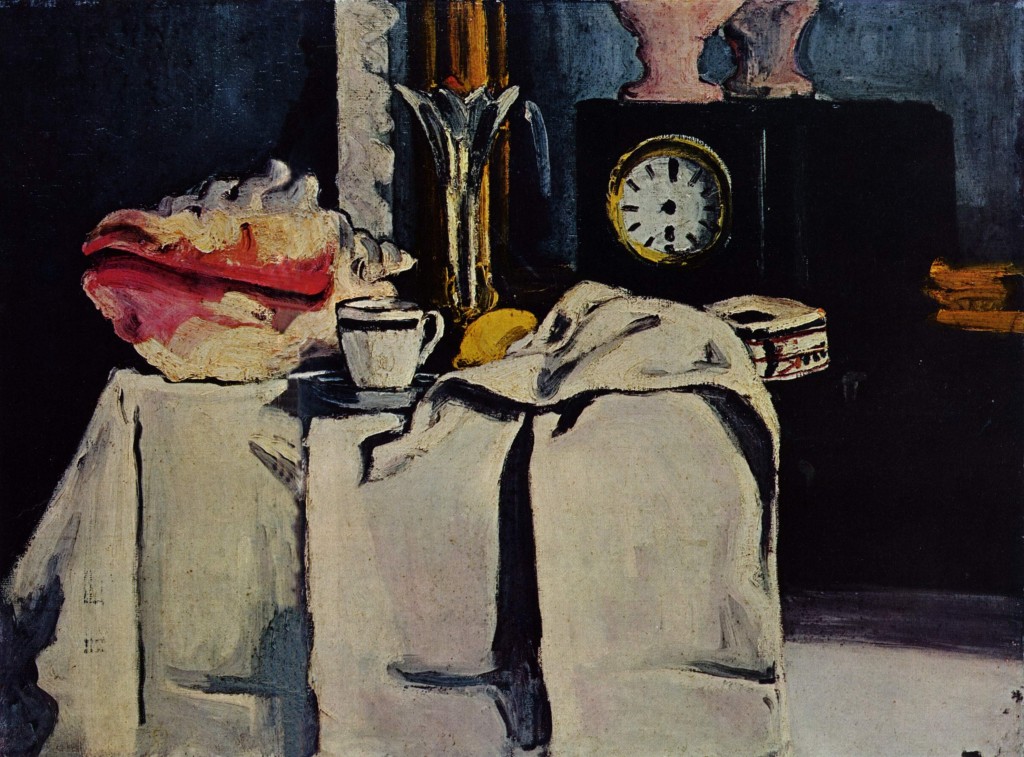Two Gromits

By Darragh McCausland.
[PDF]
Some time ago, at the end of my working day as a special needs assistant in a school for children with autism, I found myself considering a pair of small objects. Ostensibly, these objects were very similar. They were made by hand using a type of modelling clay called Fimo, which is basically a fancy plasticine, and were each about two inches in length. Both were representations of Gromit, the famous dog from the stop motion Wallace and Gromit films. I say ostensibly, because qualitatively, there was a significant and complete order of difference between them. This was amazing to me because I could not put my finger on what it was, what tiny adjustment of the clay, what fractional detail, or details, caused one of them to be something that the other was not. I turned them over in my fingers, and it seemed to me that one was a likeness and nothing more, impressive and accurate. But the other was… well, it was something more. What caused this phenomenal and total difference? The question burned, and without an immediate answer, it seemed to me like magic.
Now, I had something to go on in my search for an answer. I had observed the genesis of both Gromits, at the hands of their separate creators, who were very different from each other. The more ordinary of the two Gromits was made by someone like myself, a Special Needs Assistant working in the school. Inspired by the boy’s efforts, this man in his twenties with a clear knack for arts and crafts had picked up the Fimo and whiled away his wet lunch break working on the figure. To get it right, he worked from a variety of models, a Wallace and Gromit magazine, and some Google image search results. He was proud of his finished work, enough to snap a cheeky picture of it on a digital camera to send on to his girlfriend, before he laid it with ceremony on a little bed of bunched up lilac crepe paper in a desk drawer. And in fairness, by itself, his finished figure was impressive. It was accurate in its proportions, its colour and its pose. Yet, later that day, when I retrieved it from its lilac safe place so I could compare it with the less ordinary of the two Gromits, it looked lifeless next to its partner. That Gromit, the artful one, had been made by a fourteen year old boy with autism.

